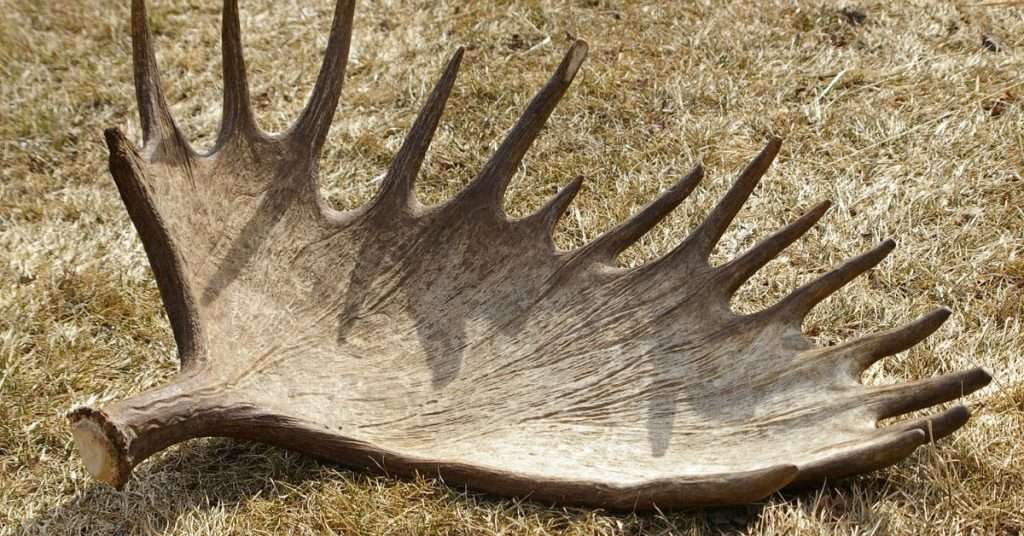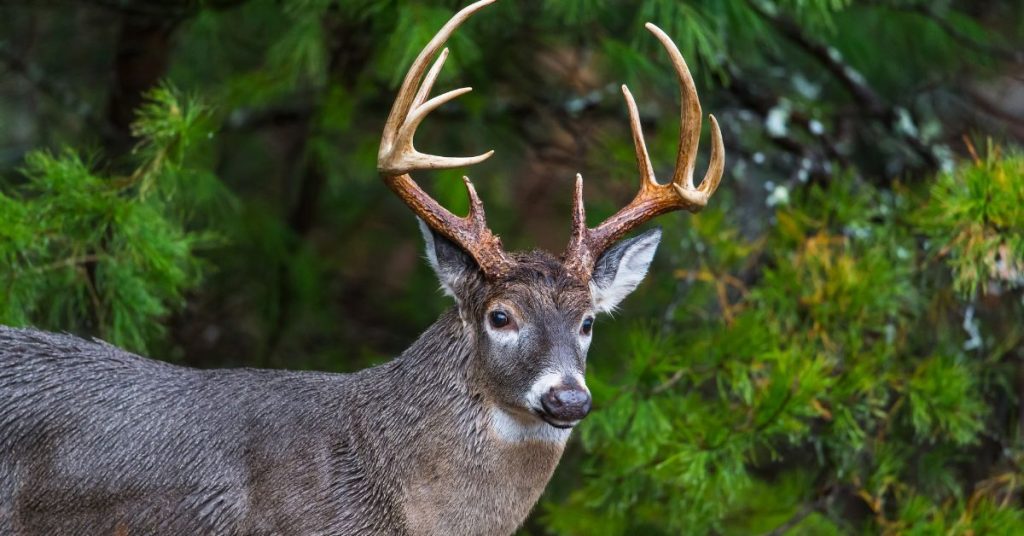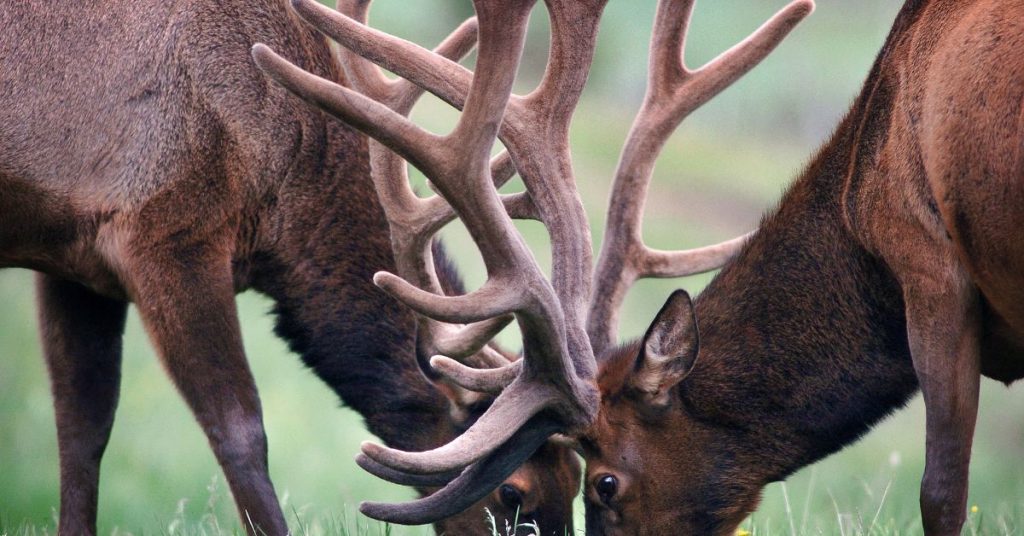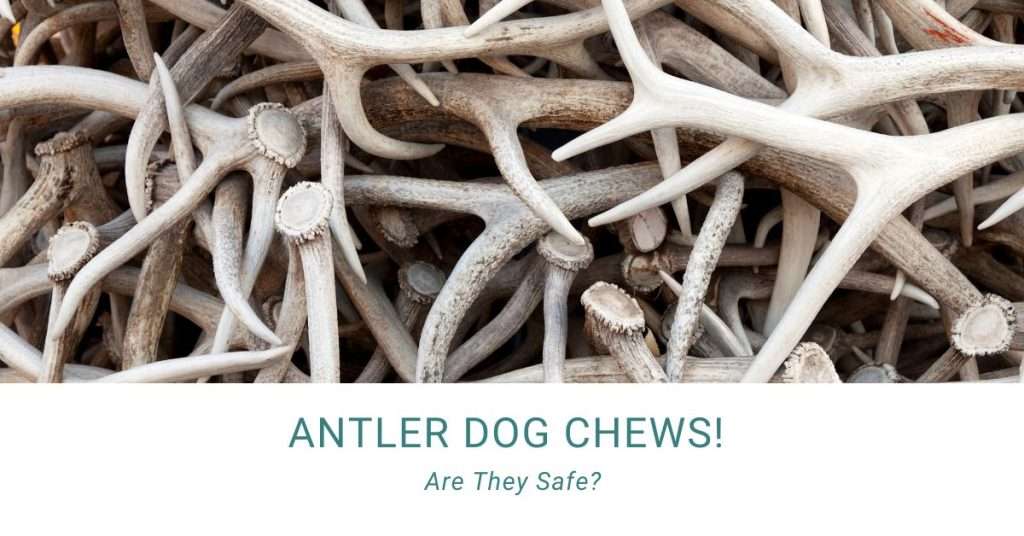Antlers for Dogs to Chew: A Natural and Beneficial Option
If you’re a dog owner, you may have heard about the wonders of antlers as a chew toy. If you haven’t, this post is for you.
What is the buzz around antlers for dogs to chew all about? Are antlers really a suitable option for your dog? We’re here to give you the lowdown on antlers for dogs to chew.
Antlers make great natural dog chews that are long-lasting. Antlers also have potentially beneficial effects on dental health for dogs.
I recently discovered these awesome chew toys for dogs with my dog Clove. She is a 1 YR old Female German Shepherd. She can chew through just about any toy we have tried until now. I find that a large antler dog chew can last up to 2 months depending on the thickness. The ones that she prefers are the elk antlers. Lately I have been buying the split elk antlers for her.
Benefits of Antlers for Dogs
Imagine giving your dog a natural chew toy that not only keeps them entertained but also benefits their oral health. Antlers are the answer! Here’s why they’re gaining traction among dog owners like myself:
- Durability: Dogs are notorious for putting their chew toys through rigorous testing. Antlers, made of dense bone material, are incredibly durable. They can withstand hours of enthusiastic chewing, making them a cost-effective option. I can get up to two months out of a single antler with my female German Shepherd named Clove.
- Natural and Safe: Antlers come straight from nature, devoid of artificial additives, chemicals, or preservatives. You won’t find any mystery ingredients here – just a wholesome chew that your dog can enjoy without the worry of ingesting harmful substances.
- Variety of Types: From deer to elk and even moose antlers, there’s a wide range to choose from. Each type offers varying hardness and size, catering to different dog breeds and chewing preferences. It’s like finding the perfect puzzle piece for your furry friend.

Chewing Benefits Of Antlers For Dogs
Picture this: your dog chomping down on an antler with gusto. Not only is it entertaining to watch, but it also comes with numerous benefits:
When it comes to your dog’s overall well-being, dental health is often overlooked but incredibly important. Just like humans, dogs can experience dental issues that can lead to discomfort, pain, and even more severe health problems. This is where antlers step in as a natural and effective way to maintain your dog’s oral hygiene. Let’s dive into why antlers are a great choice for promoting your dog’s dental health:
Natural Toothbrush Action: Imagine your dog’s teeth getting a thorough cleaning every time they chew on an antler. The hard, textured surface of antlers acts like a natural toothbrush, helping to remove plaque and tartar buildup. This cleaning action reaches nooks and crannies that regular kibble might miss.
Stimulating Gum Health: Chewing on antlers isn’t just about the teeth – it’s also about the gums. The pressure exerted while chewing stimulates the gums, promoting blood circulation and overall gum health. Healthy gums are crucial to preventing gum disease, which can lead to painful inflammation and tooth loss.
Preventing Dental Problems: Plaque buildup can escalate into more serious dental problems if left unchecked. As plaque hardens into tartar, it becomes a breeding ground for bacteria that can lead to infections, bad breath, and gum disease. Regular chewing on antlers can help prevent this progression by keeping teeth and gums cleaner.
Reducing Bad Breath: We all appreciate a dog with fresh breath. Antler chewing can contribute to reducing bad breath by removing food particles and bacteria that contribute to odor. A cleaner mouth naturally leads to more pleasant doggy breath.
Exercise for Jaw Muscles: Chewing on antlers provides your dog with a workout for their jaw muscles. This exercise not only keeps their teeth cleaner but also helps maintain the strength and health of the muscles involved in chewing. Healthy jaw muscles are essential for effective eating and overall comfort.
Boredom Buster: A bored dog can quickly turn into a mischievous one. Antlers offer a satisfying outlet for your pup’s energy and curiosity, potentially reducing destructive behaviors born out of boredom.
Safety Considerations
While antlers offer many advantages, it’s crucial to be aware of potential risks:
- Teeth Breakage: Dogs with excessively aggressive chew habits or weak teeth might be at risk of tooth breakage. It’s essential to observe your dog’s chewing style and choose an antler that matches their chewing strength.
- Choking Hazard: Opt for an appropriately sized antler to prevent choking hazards. Always supervise your dog during initial antler use to ensure they’re chewing safely.
Introducing Antlers to Dogs
Bringing a new chew toy into your dog’s life can be an exciting adventure. Here’s how to make the introduction smooth:
- Positive Reinforcement: Encourage your dog to explore the antler with praise. Show them that it’s a positive addition to their playtime.
- Gradual Use: During the initial phase, allow short and supervised chewing sessions. As your dog becomes more familiar with the antler, you can extend the chewing time. Do not leave an antler in the dogs crate with the dog if you are unable to monitor it.
Choosing the Right Antler
When it comes to selecting the perfect antler for your dog, it’s not just about grabbing the first one you see. Different sizes, types, and hardness levels cater to various dog breeds, sizes, and chewing styles. Let’s delve into the details to help you make an informed choice:
Consider Your Dog’s Size and Chewing Strength:
- Size Matters: The size of the antler should match your dog’s breed and size. Smaller antlers are suitable for toy and small breeds, while larger antlers are better suited for medium to large dogs.
- Chewing Strength: Assess your dog’s chewing strength. If your dog is a power chewer, opt for harder antlers. For more delicate chewers or those with dental sensitivities, softer antlers are a better fit.
Explore Different Types of Antlers:

- Deer Antlers for dogs: These are among the most popular options. They come in various sizes and hardness levels, making them versatile for different dog breeds.
- Elk Antlers for dogs: Elk antlers tend to be larger and denser than deer antlers, providing a more robust chewing experience. They’re favored by medium to large dog breeds.
- Moose Antlers for dogs: Known for their impressive size, moose antler dog chews are ideal for large and giant dog breeds. They offer a challenging chew, making them a favorite for dogs with powerful jaws.
Hardness Levels of Antlers:
Soft to Medium Antlers:
A Gentle Chew Soft to medium antlers are perfect for dogs with sensitive teeth, puppies, or those who enjoy a more relaxed chewing experience. These antlers provide a satisfying texture without being overly challenging.
- Young Deer Antlers: Antlers from young deer tend to be softer and easier to chew. They are suitable for puppies or dogs that are new to antler chewing.
- Medium Elk Antlers: These offer a balanced chew for dogs transitioning from softer chews to slightly firmer textures.
Medium to Hard Antlers:
The Middle Ground Medium to hard antlers strike a balance between durability and chewability. They cater to dogs with moderate chewing strength and provide an engaging experience without being too tough.
- Mature Deer Antlers: As deer age, their antlers become denser, offering a slightly firmer texture. These are suitable for dogs with average chewing strength.
- Medium Moose Antlers: Moose antlers in this category provide a satisfying challenge without overwhelming dogs with powerful jaws.
Hard Antlers:
A Robust Chew Hard antlers are designed for the most enthusiastic chewers and dogs with powerful jaws. These antlers offer a substantial and lasting chewing experience, making them a favorite among dogs who love to gnaw.
- Mature Elk Antlers: Elk antlers become harder as the animal matures, providing a more substantial chew for dogs that relish a challenge.
- Large Moose Antlers: For giant dog breeds or those who crave a seriously tough chew, large moose antlers offer an engaging experience.
Observing Your Dog’s Preferences:
- Your dog’s response to the antler can provide valuable insight. If your dog seems uninterested or struggles with a particular type or size, it might be worth exploring other options. With my German Shepherd, she has not taken a liking to any particular kind. She seems to equally enjoy the larger antlers.

Ethically Sourced Antlers:
- When choosing an ethically sourced antler chew for your dog, it is important to look for a company that has a clear policy on ethical sourcing. You should also be sure to ask questions about the company’s practices. Naturally shed antlers are the most ethically sourced ones you can purchase.
Here are some questions you can ask:
- Where do you source your antlers?
- How are the antlers harvested?
- Are the antlers from deer and elk that have died naturally or been harvested for their meat?
- Do you work with a network of trusted suppliers?
- Do you have a policy in place that requires all of your suppliers to adhere to high standards of animal welfare?
Rotating Antlers:
- Consider having a variety of antlers on hand and rotating them periodically. This prevents your dog from becoming bored and offers a range of textures and shapes for them to enjoy.
- At any given time, we have 2-5 different antlers in the dogs toy basket. She has free range to grab any of the toys she wants to chew on. We typically have a few deer antlers and a few spit elk antlers.
Caring for Antlers
Taking care of your dog’s antler ensures its longevity and safety:
- Cleaning: Regularly clean the antler to remove dirt and bacteria. A simple rinse with warm water will do the trick. If they are used outside, make sure any sand and grit is removed to prevent excess wear on your dogs teeth.
- Monitoring Wear: Keep an eye on the antler’s condition. If you notice significant wear, replace it to prevent potential hazards. Certain antlers will have a tendency to splinter when they get chewed on a lot. Be on the lookout for small splinters and remove them from your dogs mouth if you see them eating them. The smaller pieces can pose a choking hazard.
The best way to keep antlers safe for dogs to chew on is to monitor their size. Once the antler gets small enough that the dog can accidentally swallow them, you should replace it with a new one!
I tend the throw Clove’s old antlers out into the woods for other animals to eat, rather then throwing them in the trash. I just make sure they are far enough from her radio fence that she will not go and get them.
Antlers for dogs to chew FAQ
Are deer antlers for dogs digestible?
Yes, deer antlers for dogs are digestible. Just like any bone a dogs eats, antlers are digestible for dogs. If your dog is a powerful chewer, you should not let them consume large amounts all at once. Too much calcium can make them constipated. You should be cautious about letting your dog eat shards of the deer antlers because they can cause a bowel obstruction.
Which antlers are best for dogs?
The correct antler for dogs is based on the dogs age, breed, its weight and its preferences. There is really not a one size fits all for antler dog chews. Smaller dogs should generally get smaller antlers, while larger dogs should not be allowed to chew small antlers. Ideally the dog should not be able to swallow the entire antler chew whole.
How long do deer antlers last for dog chews?
They last much longer than your typical dog chew toy. The only thing that I have used that is comparable that the dog actually likes to chew on is the large jolly balls that are made for horses. Typically for a non split antler my dog Clove can chew on them for up to 2 months if they are large. The split elk antlers last about 2-3 weeks before we take them away due to small size.
Alternatives to antlers for dogs to chew:
If you find that you are unsure about antlers, there are many other great products that dogs can chew on. Look up the Jolly Ball if you have a larger dog. We have around 4 or 5 of them out in the yard at any given time all in various stages of chew damage.
Chew toys don’t always have to be a toy, you can also use crunchy foods like cucumber, carrots, apples or pears. They are great for your dog’s overall health and still satisfy their need to chew.


